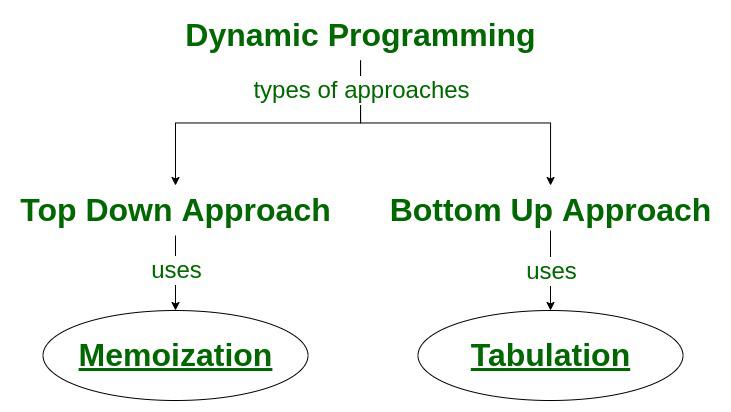Dynamic Programming and how is it Related to Data Structures

Dynamic programming is a method for solving complex problems by breaking them down into simpler subproblems and solving each subproblem only once, storing the solutions in a data structure (usually an array or a table) to avoid redundant computations. It is a powerful technique used to optimize recursive algorithms that exhibit overlapping subproblems.
Here's how dynamic programming works and its relationship with data structures:
Optimal Substructure: Dynamic programming relies on problems exhibiting the optimal substructure property, which means that the optimal solution to the overall problem can be constructed from optimal solutions to its subproblems.
Memoization or Tabulation: Dynamic programming can be implemented using either memoization or tabulation:
State Representation: In dynamic programming, the state of a subproblem is represented by one or more variables, which are used to index into the memoization array or table. The choice of state variables depends on the specific problem being solved and the optimal substructure property.
Relationship with Data Structures:
Examples: Dynamic programming is commonly used to solve problems such as:
In summary, dynamic programming is a problem-solving technique that relies on efficiently storing and retrieving solutions to subproblems using data structures. By breaking down complex problems into simpler subproblems and reusing solutions, dynamic programming algorithms can achieve significant performance improvements and solve problems that would otherwise be computationally infeasible.
Thank you,
